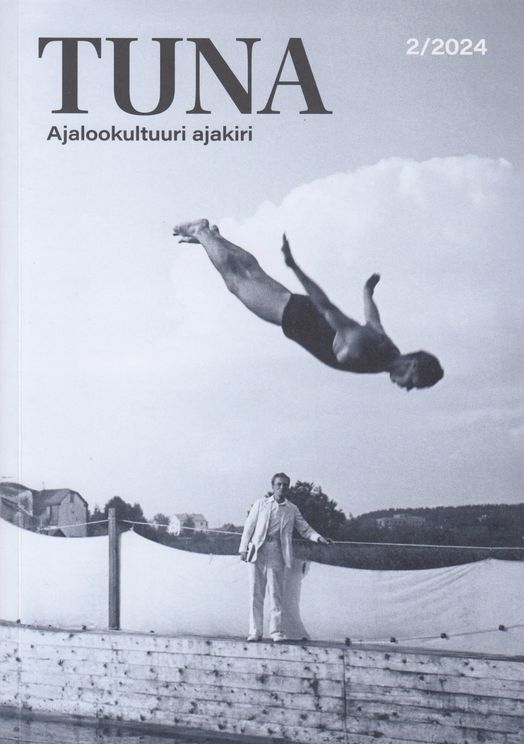Kaarel Vanamölder Rigische Politische Zeitung ja selle kaks lisalehte 1780. ja 1781. aastast

Vanamölder, Kaarel (2024). Rigische Politische Zeitung ja selle kaks lisalehte 1780. ja 1781. aastast. Tuna. Ajalookultuuri ajakiri, 2, 93−109.
Summary
Rigische Politische Zeitung and its two inserts from 1780 and 1781
This article considers two announcements from 1780 and 1781 that were published as inserts of the newspaper Rigische Politische Zeitung (1777/1778–1797, RPZ), which was published in Riga. The announcements are presented here as translated into Estonian. These are commercial announcements of that time, which sought to find additional subscribers for the RPZ. This was direct communication with the public of Riga and Livland by way of the announcements, which directly addressed the readers. The texts reflect the aspiration of that relatively recently established newspaper to define its market niche and its place in the journalistic landscape of that time. The announcements are in dialogue with one another, or more precisely, the latter appeal refers to the former appeal.
The place of the RPZ in the broader early modern field of communication and the press can also be observed via announcements. The insert from 1780 evidently speaks of the newspaper Mitauische Zeitung (1766–1916) as a competitor, and the insert from 1781 explicitly mentions the first-rate publication Hamburger Correspondent (1712–1934, HC) of that time, which was published in Hamburg, as its competitor and model. The latter paper was an exceedingly influential publication in the entire German cultural space in the 18th century. It was subscribed to and read in the Enlightenment reading societies and clubs of the Baltic provinces as well. HC no doubt also influenced the RPZ: part of its content was most likely republished in the RPZ, and RPZ columns were surely supplemented according to the example set by the HC, including for instance scholarly inserts. Experimentation with columns was characteristic of the newspapers of that time. A result of that was the development of newspapers that originally conveyed exclusively foreign news in the direction of a general newspaper, so to speak.
Considering the place of the RPZ in the international postal network, its advantage emerges ahead of the HC. Although news from Western Europe reached Riga from Hamburg considerably later, the situation was the opposite regarding news that came from St. Petersburg, for instance, and spread westward. Random comparison of the RPZ with the newspaper St. Petersburger Zeitung already clearly indicates the transfer of news from St. Petersburg to the Riga newspaper in the rhythm of the postal connection. Reports from St. Petersburg made their way into the RPZ in about 10 days and their conveyance onward to Hamburg took considerably more time. Subscription to the RPZ was also about half the price of a year’s subscription to the HC. The ‘movement’ of news from one newspaper to another is characteristic of early modern periodical publications. The content of the Riga newspaper that was already being published at the end of the 17th century was largely regularly and routinely put together based on Hamburg’s publications of that time. In that sense, the RPZ that started being published about a hundred years later does not differ much from the publication from the era of Swedish rule. As long as the primary means for moving information was the international postal system based on horse transport, there were no other viable alternatives.